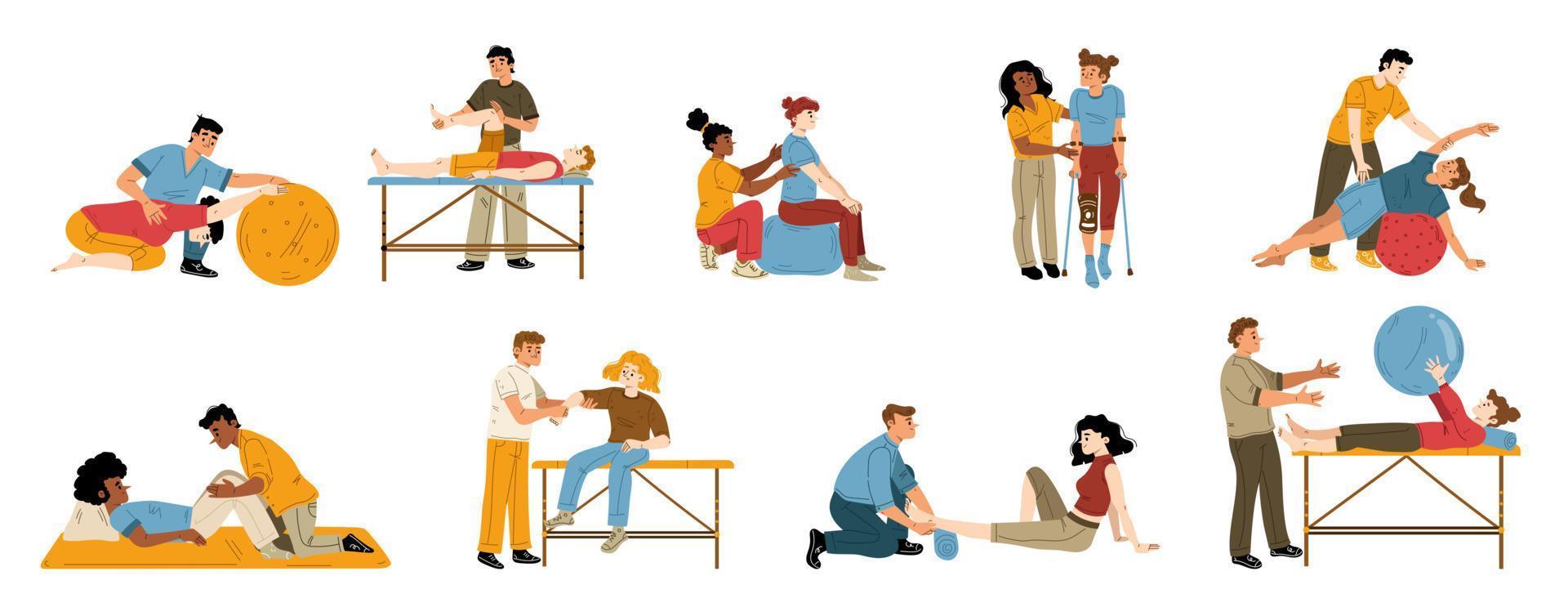The Crucial Effect of Strength Exercise on Improving Recovery and Effectiveness in Sports Rehabilitation
Wiki Article
Resistance conditioning holds a vital part in athletic rehabilitation, assisting sportspeople recover from injuries and improve their general performance. When an individual sustains hurt, their physique needs period to recover. However, during this recovery phase, it is crucial to preserve power and flexibility to prevent additional injuries. Strength training can be customized to suit the needs of each individual, concentrating on particular muscular groups that may have been impacted by the injury. This targeted approach not only assists in recovery but also readies the individual to come back to their sport more robust than before.

One of the primary benefits of resistance training in rehabilitation is its capability to enhance muscular power and stamina. When muscles are more powerful, they can better stabilize joints and minimize the risk of recurrence of injury. For example, an athlete recovering from a leg injury can gain from exercises that fortify the quadriceps and back thigh muscles. These muscles play a crucial role in stabilizing the knee articulation. By incorporating resistance conditioning into their rehabilitation program, individuals can regain their power more efficiently and safely.
In addition to developing strength, resistance conditioning also improves mobility and range of movement. Many traumas can lead to stiffness in the injured area, making it challenging for athletes to move easily. Strength conditioning workouts often involve extending and lengthening the muscles, which can assist restore mobility. For example, incorporating weight straps or weights into flexibility routines can improve the efficacy of these exercises. As flexibility enhances, individuals can perform actions more effectively, which is essential for peak capabilities in their sport.
Another important aspect of strength training in athletic recovery is its beneficial impact on mental health. Recovering from an trauma about this can be a difficult and frustrating experience for athletes. Participating in resistance training can provide a feeling of achievement and enhance confidence. As athletes see improvements in their strength and abilities, they may feel more motivated to persist their recovery journey. This mental uplift can be just as crucial as the physical benefits, as a optimistic attitude can lead to better results in rehabilitation.
Finally, resistance training can help individuals transition back to their sport more seamlessly. Once they have regained their strength and mobility, individuals need to practice activity-specific movements to ensure they are prepared for contests. Strength conditioning can be integrated with sport-specific drills to create a comprehensive rehabilitation program. This blend allows athletes to not only recover but also improve their capabilities. By focusing on both rehabilitation and capabilities, strength conditioning becomes an crucial tool in the recovery journey, helping individuals return to their activity more robust and more resilient.